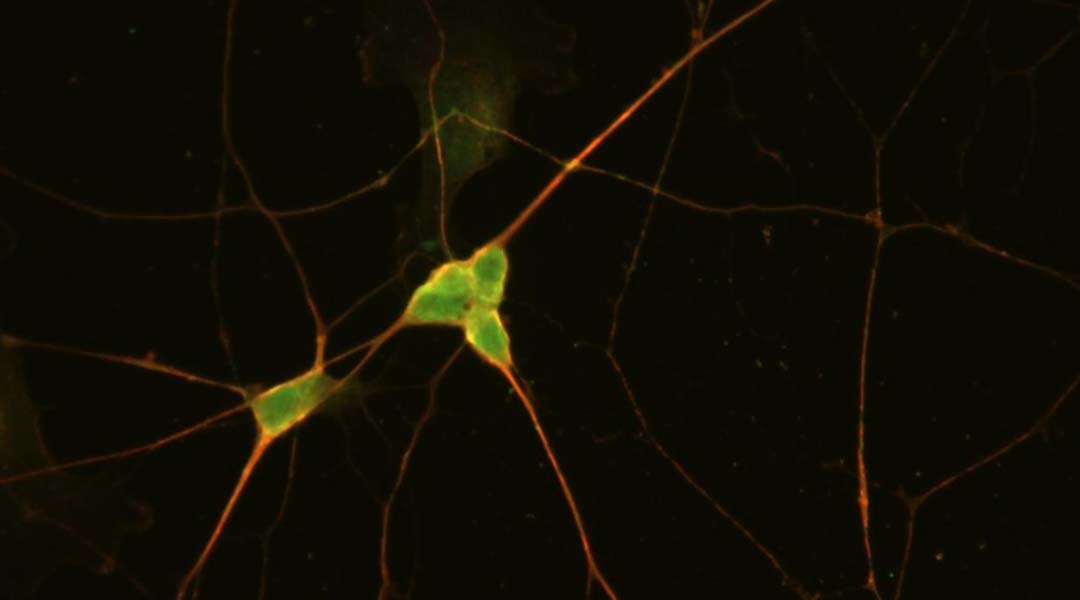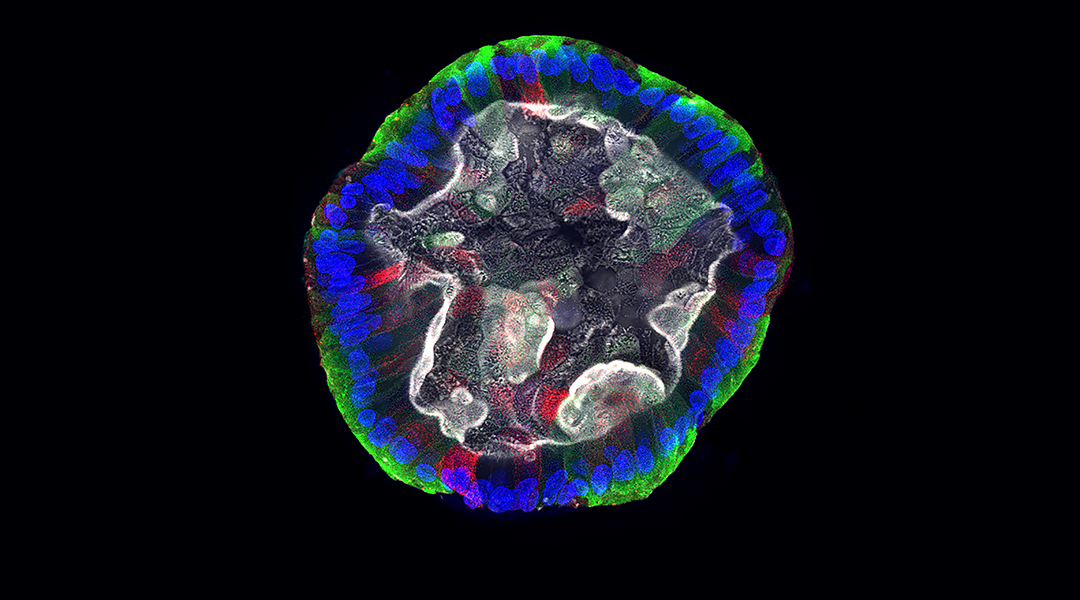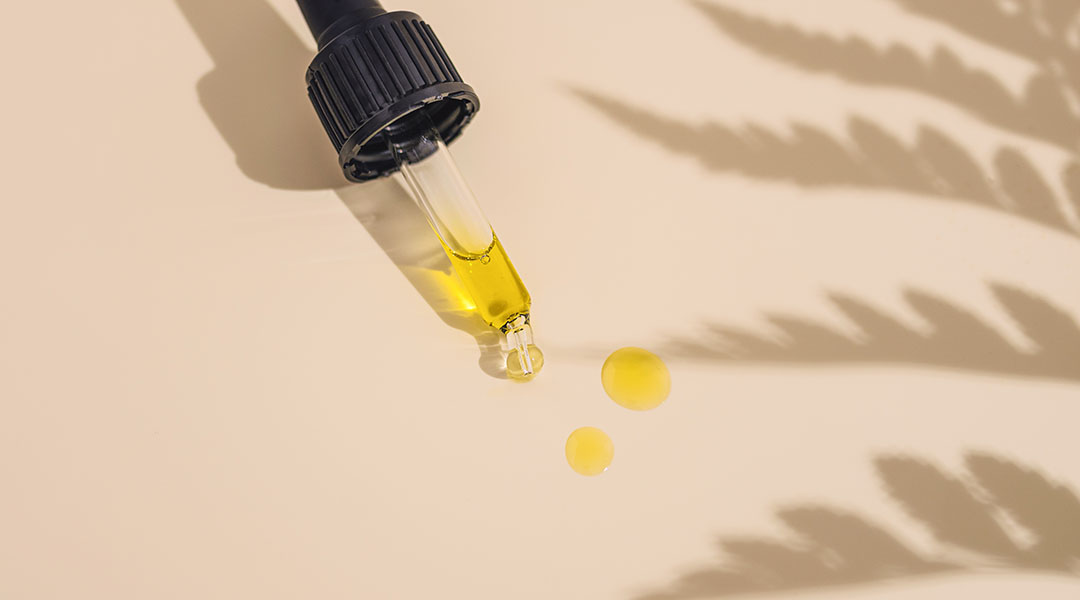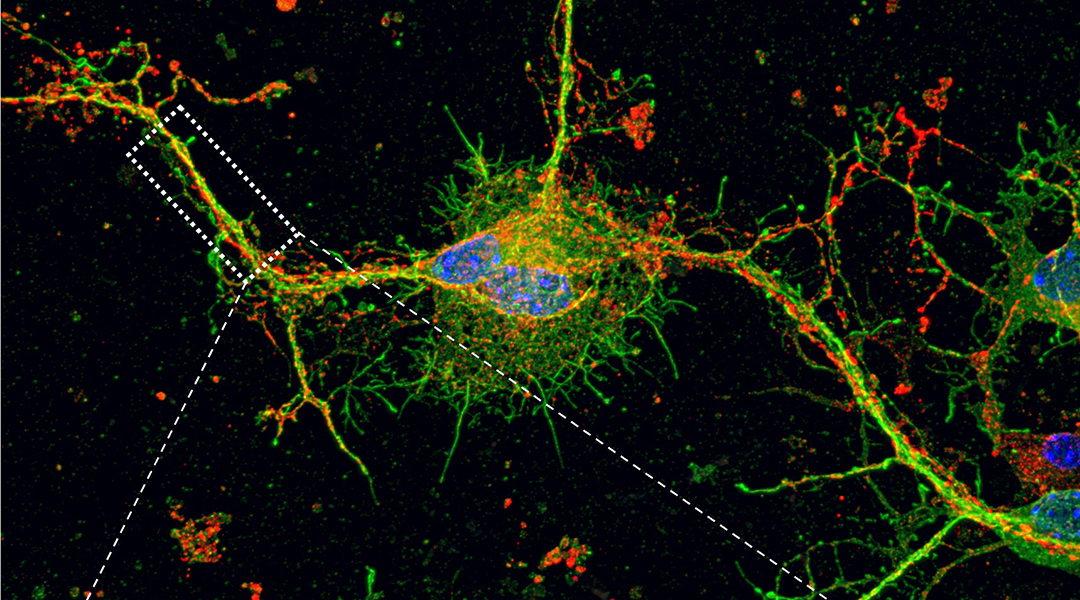A model based on human stem cell–derived neurons is allowing researchers to understand opioid-induced respiratory failure to improve overdose treatment.


A model based on human stem cell–derived neurons is allowing researchers to understand opioid-induced respiratory failure to improve overdose treatment.

An engineered skin with a new secret ingredient helps avoid harmful inflammation while speeding up the wound healing process.

From holographic sound waves to nanobelt haystacks, this gallery gives a renewed appreciation for scientific exploration.

Addressing the lack of diversity in drug testing, scientists are using organoids from voluntary donors to enhance equity and inclusion.

Scientists are exploring how to store and transport ready-to-use bioink cartridges to treat injuries on the International Space Station.

To understand CBD’s impact and the risks associated with consumption, researchers explore how a fellow brain cell prevents toxicity in neurons.

Using plant proteins derived from crop waste and spent grains adds new dimension to sustainable lab-grown meats.

High levels of nitric oxide, a signaling chemical in the brain, appear to contribute to the behavioral deficits observed in autism.

Catalysts that mimic antioxidase enzymes show promise in treating inflammatory diseases, such as gum disease, lupus, or cancer.

An implantable hybrid device combines the benefits of two therapeutic approaches to help repair nerve damage.